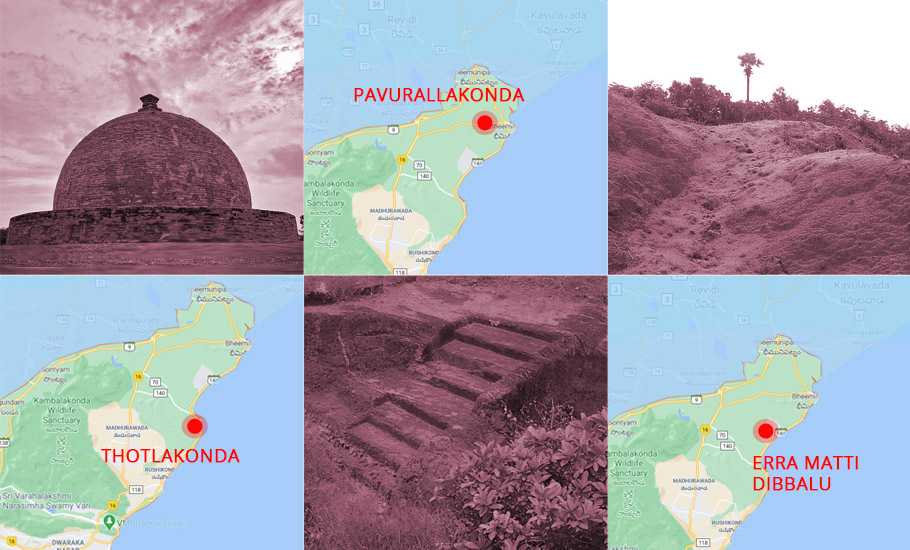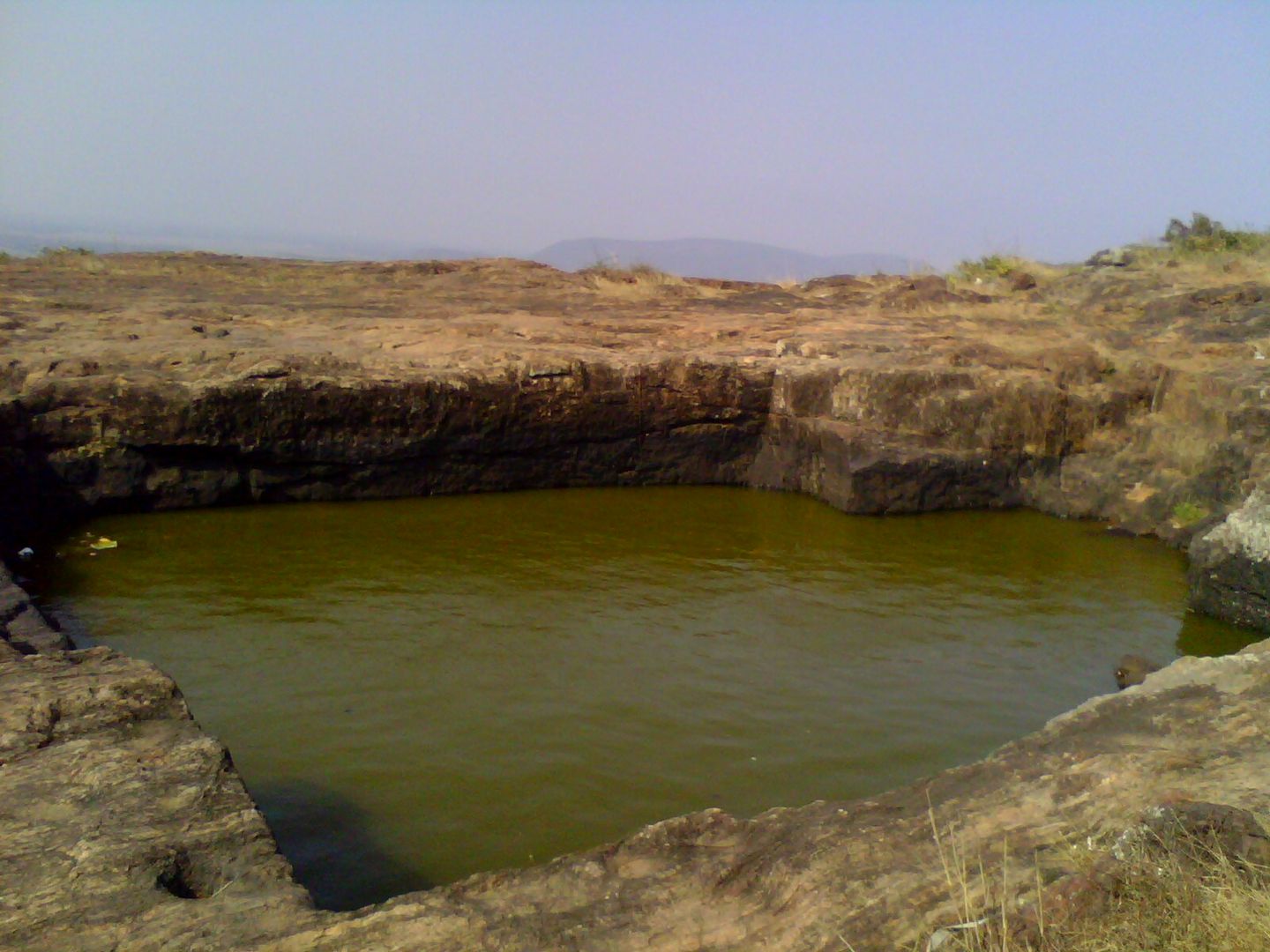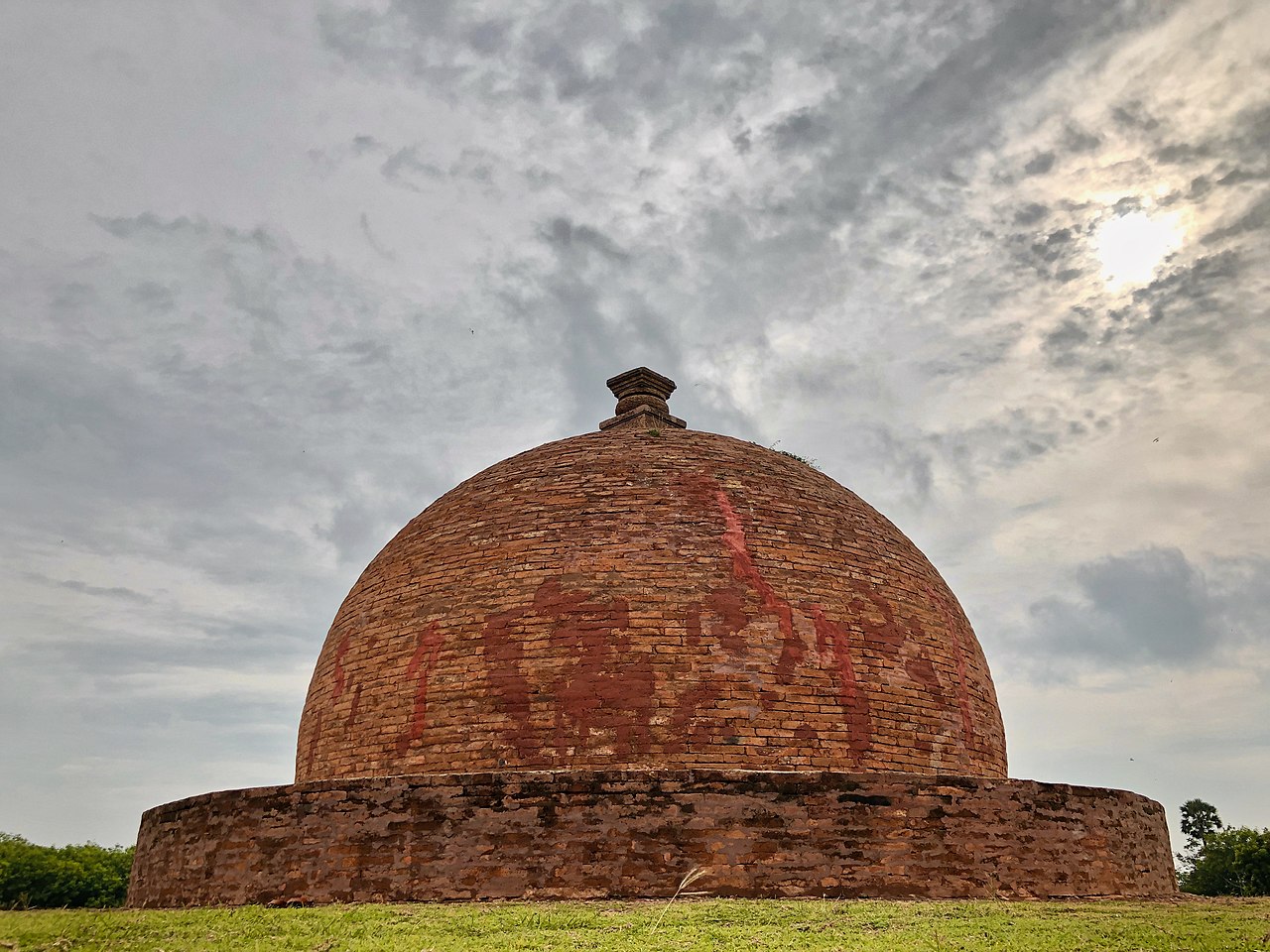
- Home
- India
- World
- Premium
- THE FEDERAL SPECIAL
- Analysis
- States
- Perspective
- Videos
- Sports
- Education
- Entertainment
- Elections
- Features
- Health
- Business
- Series
- In memoriam: Sheikh Mujibur Rahman
- Bishnoi's Men
- NEET TANGLE
- Economy Series
- Earth Day
- Kashmir’s Frozen Turbulence
- India@75
- The legend of Ramjanmabhoomi
- Liberalisation@30
- How to tame a dragon
- Celebrating biodiversity
- Farm Matters
- 50 days of solitude
- Bringing Migrants Home
- Budget 2020
- Jharkhand Votes
- The Federal Investigates
- The Federal Impact
- Vanishing Sand
- Gandhi @ 150
- Andhra Today
- Field report
- Operation Gulmarg
- Pandemic @1 Mn in India
- The Federal Year-End
- The Zero Year
- Science
- Brand studio
- Newsletter
- Elections 2024
- Events
- Home
- IndiaIndia
- World
- Analysis
- StatesStates
- PerspectivePerspective
- VideosVideos
- Sports
- Education
- Entertainment
- ElectionsElections
- Features
- Health
- BusinessBusiness
- Premium
- Loading...
Premium - Events

Heritage sites in Visakhapatnam take a beating

Several heritage buildings and sites in and around Visakhapatnam, which stand as sentinels of a glorious past dating back to 3rd and 4th century BC, are under threat due to massive rise in construction activity. The port city in the north coastal region of Andhra Pradesh is the new executive capital of the state under the three-capital plan of the Jagan Mohan Reddy government. Amaravati,...
Several heritage buildings and sites in and around Visakhapatnam, which stand as sentinels of a glorious past dating back to 3rd and 4th century BC, are under threat due to massive rise in construction activity.
The port city in the north coastal region of Andhra Pradesh is the new executive capital of the state under the three-capital plan of the Jagan Mohan Reddy government. Amaravati, the dream capital of the previous Telugu Desam Party regime, has now been reduced to being Legislative capital while Kurnool is to be the judicial capital.
The edifices standing testimony to the bustling Buddhist activity all along Visakhapatnam coast under the Kalinga era now lie in ruins due to negligence and least priority accorded by the powers-that-be.
Visakhapatnam popularly known as the City of Destiny can boast of having several Buddhist sites like Thotlakonda on the city outskirts, Pavuralakonda and Bavikonda at 17th century Dutch township of Bheemunipatnam-all within a distance of 20 km overlooking the picturesque Bay of Bengal. The city also has British era remnants on the beach road including the Town Hall conservation of which has been taken up last year under the Smart City project by the urban civic body.
Construction work in and around a heritage site is objectionable for three reasons. (i) It erodes the heritage asset’s value, (ii) it may weaken its stability and (iii) there may be underlying related heritage evidence which may get effaced, according to social activist and former IAS officer EAS Sarma.

A heritage site of archaeological significance (e.g. Thotlakonda) comes within the protective ambit of the relevant Central and the State archaeological conservation laws and the statutory notifications issued under such laws. These laws delineate “prohibited”, “protected” and “regulated” areas, covering up to 300 metres from the rim of the site as buffer areas where no construction activity is permitted.
The rationale behind this is that such buffer areas may also contain underlying archaeological evidence which plays a crucial role in interpreting ancient history. Such evidence, if it is effaced, is lost forever. Heritage should be viewed not only as a legacy from the past but also as an asset borrowed from our posterity. We have the obligation to hand it over to our future generations in its pristine form, he says.
“Unfortunately, in the absence of strict enforcement of these laws, invaluable heritage assets are either being lost or losing their value, primarily due to construction activity around,” he says.
Several attempts to take up construction activity at the monuments like Thotlakonda and a geologically important site of Erra Matti Dibbalu, huge red sand dunes some as tall as 40 feet spread over 10 sq. km declared a Geo Heritage Site by Geological Survey of India in 2014, rendezvous for nature lovers and film shooting were shelved in the past. Stiff opposition by heritage lovers and social activists led to dropping of the plans for construction.
A foundation stone laid for the film nagar club near a heritage site near RamaNaidu Film City in the city by a Minister during the erstwhile regime of Telugu Desam is one such glaring instance on how the authorities were eyeing to grab archaeologically sensitive land.

The National Heritage Conservation Policy reiterates the core requirement that the existing heritage asset’s value should be fully conserved, no extraneous structures should be allowed to come up and the originality of the heritage asset be preserved. Construction activity not only violates these core principles but heavy construction activity may disturb the stability of the heritage structures.
The heritage sites, which have tremendous archaeological importance have also not been excavated fully for want of will power and financial resources. The sites speak volumes about our glorious past. However, even well known heritage sites like Thotlakonda are not fully excavated. “There are still many less known places all around Visakhapatnam which need to be excavated, declare them as protected sites and save them from construction activity,” says Edward Paul, a history enthusiast.
There are several sites with archaeological importance in North Andhra comprising Visakhapatnam, Srikakulam and Vizianagaram districts which are yet to be excavated and the remains preserved notwithstanding the suggestions by the Department of Archaeology in the past. For instance, places like Dabtepuram near Amudalavalasa, Shalihundam and Kalingapatnam in Srikakulam and Gudivada Konda near Bhogapuram in Vizianagaram district.
There were attempts to give house-sites in a layout developed near Mangamaripeta village falling within 300 metres of Thotlakonda in flagrant violation of a Central law, bemoans retired Assistant Director of Archaeology Chittibabu.
It is unfortunate that government and private projects creeping closer to heritage sites have become regular features. Sohan Hattangadi, a heritage activist, says the rules keep getting relaxed and the development lobby ignorant of the horrible impact they will have on our irreplaceable heritage, keeps pushing their boundaries closer.

The most recent case is private layout, which claims to be approved by Visakhapatnam Metropolitan Regional Development Authority promoting a layout barely 50 metres from the geo heritage Erra Matti Dibbalu near Bheemili under attack.
“Our most valuable heritage sites are under attack! Vizagites, be aware, the layout developers are destroying our geological heritage as we are distracted by irrelevant programmes on TV. The thousands of year old red sand dunes, the last of such formations, protected as a Geo-Heritage site is being whittled away due to vested interests,” he points out.
(Santosh Patnaik is a senior journalist based in Visakhapatnam)
